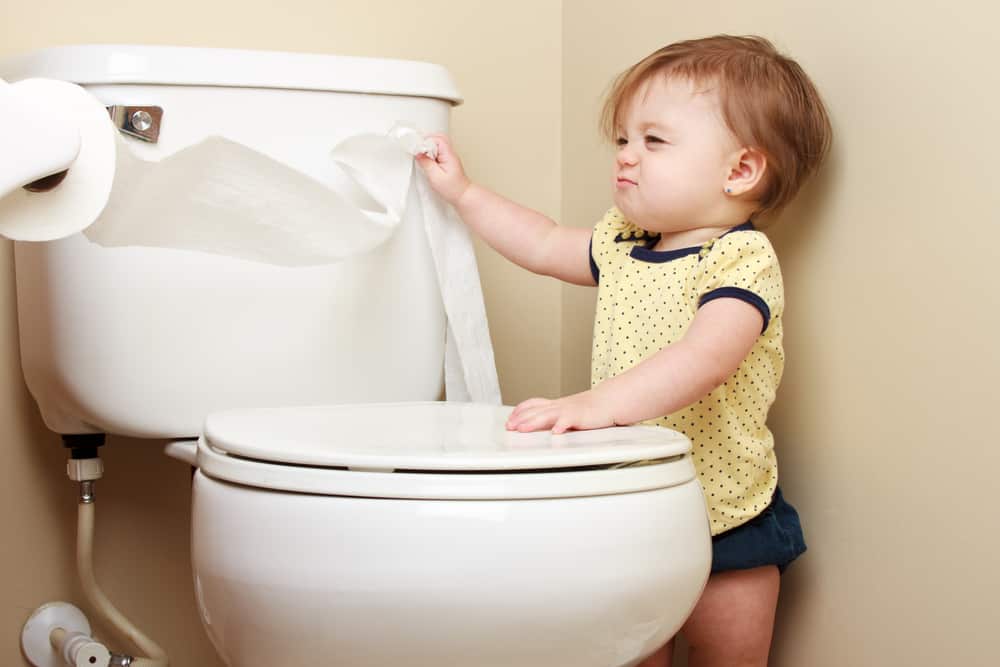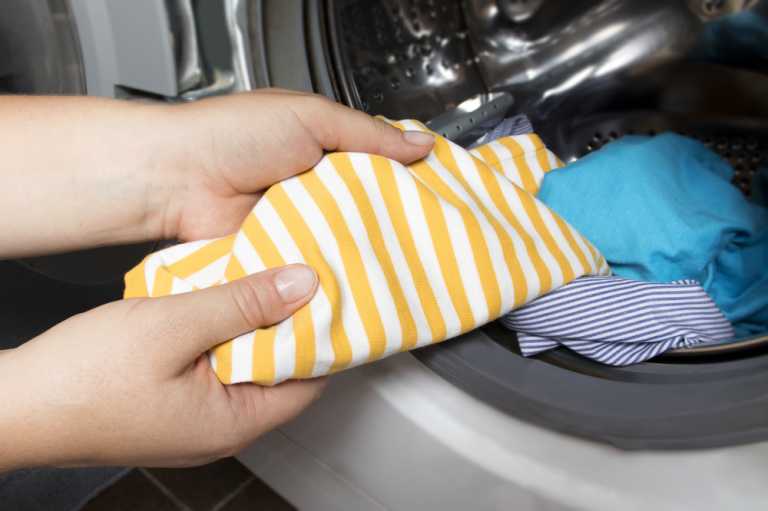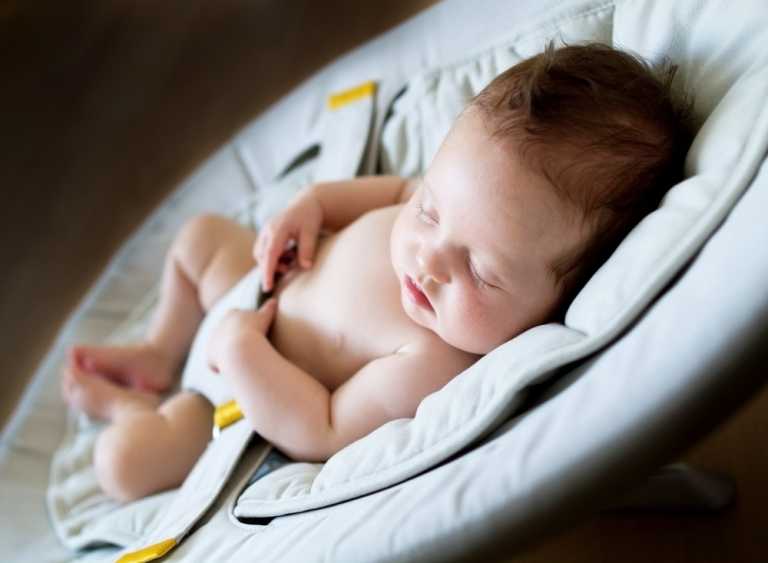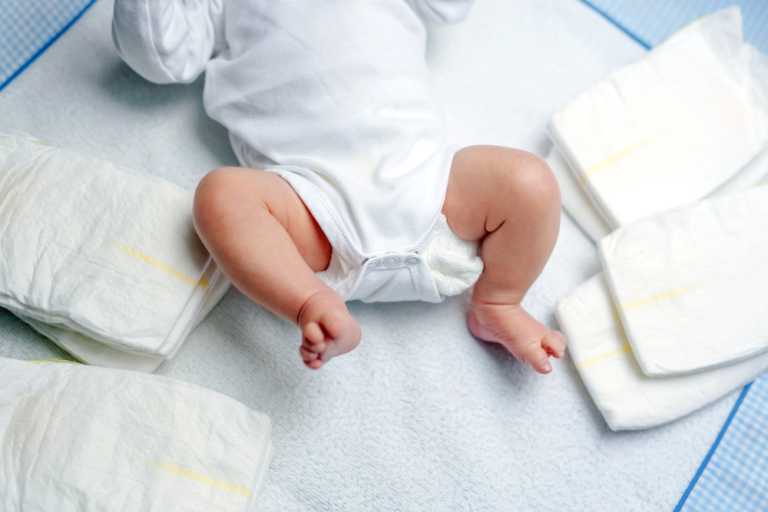If you’re a first-time mom wondering how to potty train your baby, you may feel overwhelmed. Sometimes the most challenging part is figuring out when your child is ready.
Although each child’s development differs, most babies are ready to start potty training between 20 and 30 months old. You can look for behavioral and physical signs to determine when your child is ready.
Physical readiness
Your child should be able to walk and run easily, with minimal falling. It should also have enough fine motor skills to remove clothing and tear a piece of toilet paper from the roll.
The bladder and bowel muscles also need to be developed enough. Signs that he can control these muscles include staying dry for at least two hours and well-formed bowel movements that happen at predictable times.
Developmentally, babies generally do not have control over their bowel and bladder muscles before 18 months.
Behavioral readiness
Your child should show an interest in potty training. It will be curious about other people’s toilet habits and may express a desire to start wearing “big girl” underwear.
The child should understand the concept of using the toilet and may begin to be able to identify the feeling of “needing to go”. It should be able to speak well enough to communicate with you when it needs to use the toilet. Encourage conversation about these topics, and talk positively about the benefits of potty training.
Ideal times to start training
Start potty training when your home is in a stable environment. Avoid beginning in the middle of significant changes, like a divorce or a move. Pick a time when your child is going through a cooperative phase.
Realize that upheavals in your routine can cause your child to regress, so don’t be concerned if accidents happen in response to changes in her environment.
Potty training first steps
Make potty training fun and exciting! Take your child potty shopping with you and let it help select the potty it will use. Let it pick out some “big kid” underwear, too.
Start potty training in sessions of a few hours each. Put your child in his “big kid” underwear in the morning. Let it eat and play as usual but put him on the potty every 15 minutes.
Praise them when it’s successful, but don’t shame if an accident happens. At this stage, you’ll need to wipe after a bowel movement.
After a couple of hours, put back on a diaper or pull-up. Repeat this process in the afternoon. (Some experts recommend going directly from full-time diapers to full-time underwear, skipping the potty training sessions. It’s OK to try this if you prefer it.)
Incorporate play into potty training. If your child has a favorite stuffed animal, let the animal use the potty, too. Read some books about potty training with your child. Diapers Are Not Forever, by Elizabeth Verdick, and Everyone Poops, by Taro Gomi are both excellent book choices.
If your child is receptive to these potty training sessions, keep doing them. After several days, try an all-day session instead of one in the morning and one in the afternoon.
Your child should begin to recognize the urge to urinate or defecate and will start to tell you when it needs to go.
If your child resists potty training, it’s better to stop and try again in a month. Toilet training should not feel like a battle of wills. If it does, your child isn’t ready. Pushing to get it toilet trained before being ready can make the process take longer.
Intermediate potty training
It can take a month or so to have consistent dryness during the day. You can expect nighttime dryness to take longer. If your child wets the bed at night, it’s not a cause for concern at this age. Try limiting liquids in the hour before bedtime.
As your child gets good at using her potty, you can start teaching her to wipe herself. She’ll be able to master wiping urine reasonably quickly, but she’ll likely continue to need help after a bowel movement until age 4 or 5.
When you introduce wiping, be sure to introduce hand washing simultaneously. Provide a safe stepping stool to reach the sink, and demonstrate proper washing technique with soap and water.
Eventually, it will be ready to use the regular toilet instead of her potty. You may need to provide a stool or a small bench to help her climb onto the toilet and give her something to put her feet on while she’s sitting.
Other things to keep in mind
Make sure your child’s pants are easy to pull down. A stubborn snap or a button that won’t open is an accident waiting to happen.
Carry a spare set of your child’s pants and underwear in your car even after he’s mastered potty training around the house. Accidents aren’t uncommon when he’s out of his home, especially at first.
Make sure your child gets regular checkups to assess developmental milestones. Ask your pediatrician about any concerns you’re having with toilet training.
Celebrate! Potty training is a big deal, and it’s essential to acknowledge your child’s steps toward this important milestone.



